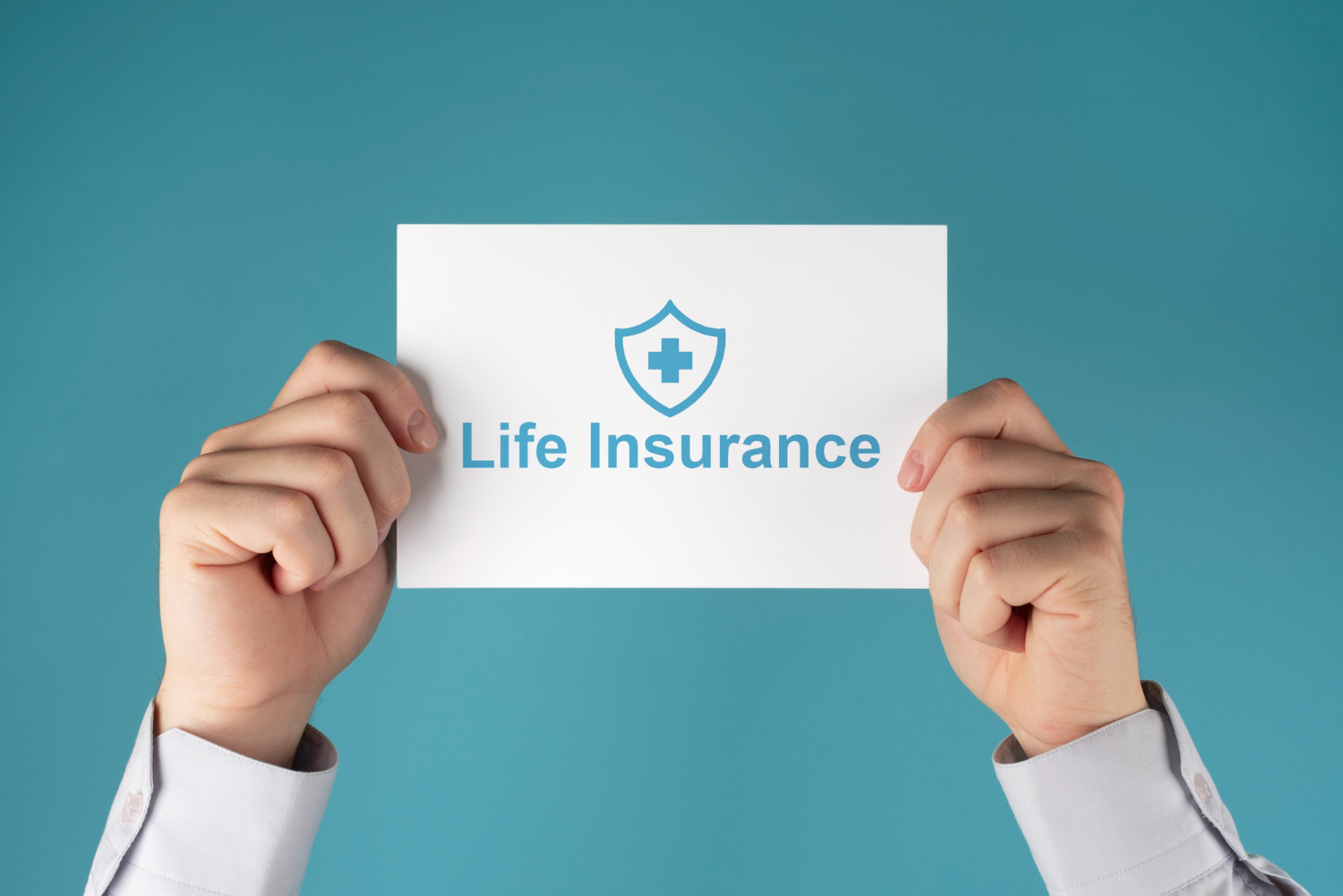
Liability insurance is a crucial aspect of risk management for small and medium-sized enterprises (SMEs), as it helps protect businesses from potential financial losses due to legal claims and third-party liabilities. While large corporations may have extensive insurance portfolios, SMEs need tailored, cost-effective policies to cover their specific risks and responsibilities. Here’s an overview of liability insurance for SMEs, including key types, benefits, and factors to consider.
1. What is Liability Insurance?
Liability insurance is a type of coverage that protects businesses against claims made by third parties for damages or injuries. For SMEs, these claims can arise from various business activities, such as customer interactions, employee actions, or even incidents involving property. Liability insurance policies generally cover legal fees, settlements, and judgments if a business is found liable for a third-party injury or loss.
2. Why is Liability Insurance Important for SMEs?
For small and medium-sized enterprises, legal claims can be financially devastating. Many SMEs operate on tight budgets, and unexpected expenses like legal defense costs and damage payouts could drain their resources or lead to bankruptcy. Liability insurance provides financial protection, helping SMEs manage risk while focusing on growth. It also enhances credibility, as many clients, suppliers, and partners require businesses to carry liability insurance as part of professional agreements.
3. Types of Liability Insurance for SMEs
Liability insurance policies vary in coverage, so it’s essential for SMEs to choose the types that best fit their operations. Here are some of the primary types:
- General Liability Insurance: Also known as Commercial General Liability (CGL) insurance, this policy covers a range of third-party claims, including bodily injury, property damage, and personal injury (e.g., defamation). CGL insurance is foundational for most businesses, as it provides broad protection for common risks.
- Professional Liability Insurance: Sometimes referred to as Errors & Omissions (E&O) insurance, this policy protects businesses that provide professional services or advice. It covers claims related to negligence, errors, or omissions in services provided, which is crucial for industries like consulting, healthcare, and legal services.
- Product Liability Insurance: This insurance covers claims arising from products that cause injury or damage. For businesses involved in manufacturing, retail, or distribution, product liability insurance is essential to protect against defective or harmful products reaching the market.
- Employer’s Liability Insurance: This type of coverage protects businesses against claims by employees who are injured or become ill due to work-related causes. In some regions, employer’s liability insurance may be mandatory for businesses with employees.
- Cyber Liability Insurance: With increasing digitalization, cyber liability insurance has become crucial, even for small businesses. It covers costs associated with data breaches, cyberattacks, and loss of customer data, helping SMEs manage the financial impact of cyber incidents.
4. Benefits of Liability Insurance for SMEs
- Financial Protection: Liability insurance mitigates the financial risk associated with legal claims, helping SMEs avoid potentially crippling expenses.
- Business Continuity: By covering unforeseen claims and legal costs, liability insurance enables SMEs to focus on operations without fear of sudden liabilities disrupting business.
- Client and Partner Confidence: Liability insurance can improve credibility with clients, partners, and investors, as it demonstrates a proactive approach to managing risk.
- Compliance: Some industries and contracts require businesses to carry certain liability insurance, making it essential for SMEs to secure coverage to remain compliant and competitive.
5. Key Considerations for Choosing Liability Insurance

When selecting liability insurance, SMEs should evaluate the following factors to find the most suitable policy:
- Industry-Specific Risks: Different industries face distinct risks, and policies can be customized to cover these specific exposures. A restaurant, for example, may need coverage for food-related incidents, while a consulting firm might prioritize professional liability.
- Coverage Limits: Liability insurance policies come with coverage limits that define the maximum payout for claims. SMEs should assess potential risks and choose coverage limits that provide adequate protection without excessive premiums.
- Policy Exclusions: Every policy has exclusions, or situations where coverage doesn’t apply. Reviewing these exclusions ensures there are no unexpected gaps in coverage. For example, general liability insurance often excludes professional services, which require a separate E&O policy.
- Premium Costs: Balancing adequate coverage with affordable premiums is essential for SMEs. Many insurance providers offer scalable policies that can adjust to fit business needs and budgets.
- Claims Process and Support: It’s important to choose an insurer with a straightforward claims process and accessible customer support. Reliable claims support can be invaluable when resolving issues efficiently.
6. The Role of Liability Insurance in Risk Management
Liability insurance is only one component of a comprehensive risk management strategy. SMEs should also implement proactive measures like workplace safety protocols, cybersecurity practices, and compliance with industry standards. Combining preventative actions with liability coverage enhances overall resilience and minimizes risk exposure.
Conclusion
For small and medium-sized enterprises, liability insurance offers critical protection against unforeseen claims and legal liabilities. By understanding the types of liability insurance available and tailoring policies to fit their unique needs, SMEs can secure valuable peace of mind and financial stability. As businesses grow and evolve, liability insurance remains an essential tool for safeguarding their future, maintaining credibility, and building resilience against potential risks.
Leave a Reply